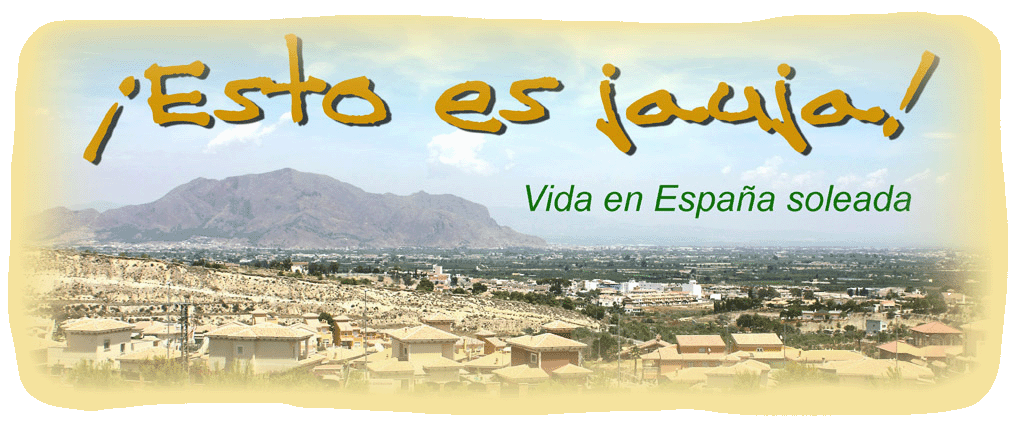Las Fallas is celebrated in cities throughout the Valencian Region, and is designed to pay tribute to Saint Joseph. The general consensus is that fallas were developed during the 15th Century, when the Falla evolved from the wooden candleholders or ‘Parots’ which were used by Carpenters in their Workshops during the winter.
As the weather became milder and spring was on its way, the Carpenters would decorate the Parots with old clothes or even comical masks imitating local characters, and take them into the street to burn in celebration of their patron saint, José. The decorated candleholders became increasingly symbolic, taking an ironic view of life, and often featuring relevant commentaries written in Valenciano. These were placed on a solid base which completed the Falla.
FALLAS
The tradition of creating artistic Fallas boomed throughout the region, and by the 19th century a competition to name the best Falla had been established. In typical Spanish style the organisers saw an opening for complete fiesta so, in 1932, the Fallas competition was extended into the Fallero festival of today.
 Nowadays the Fallas are elaborate colourful statues, usually made from wood, papier-mâché or polyurethane, and eventually burnt during a dramatic celebration that reaches its peak from 15th to 19th March. Each ‘Casal Faller’, or organizing committee, nominates a theme, usually satirical and often including caricatures of well-known celebrities or Politicians.
Nowadays the Fallas are elaborate colourful statues, usually made from wood, papier-mâché or polyurethane, and eventually burnt during a dramatic celebration that reaches its peak from 15th to 19th March. Each ‘Casal Faller’, or organizing committee, nominates a theme, usually satirical and often including caricatures of well-known celebrities or Politicians.
They dedicate hours to perfecting their Falla, as the more intricate the design the greater esteem is showered upon the committee and the host neighbourhood as a whole. The effigies have been known to tower up to a staggering 20 metres high, and are situated on street corners and town squares in cities throughout the region, from March15, with some of the most remarkable displays being seen in Valencia, Benidorm and Alicante. In the city of Valencia alone, more than 700 Fallas are usually established, including those made by local school children.
PARADES
Aside from the burning effigies, the Fallas festival incorporates a selection of flamboyant parades featuring the Falleros and Falleras, who dance and sing through the city streets in traditional costume accompanied by lively marching bands, and a series of extravagant firework displays or ‘Mascleta’. The climax of the Fallas is known as the ‘Crema’, and takes place on the night of March19, when the monuments are set alight and carried through the streets, or left burning until ashen, to mark the coming of new life.

No comments:
Post a Comment